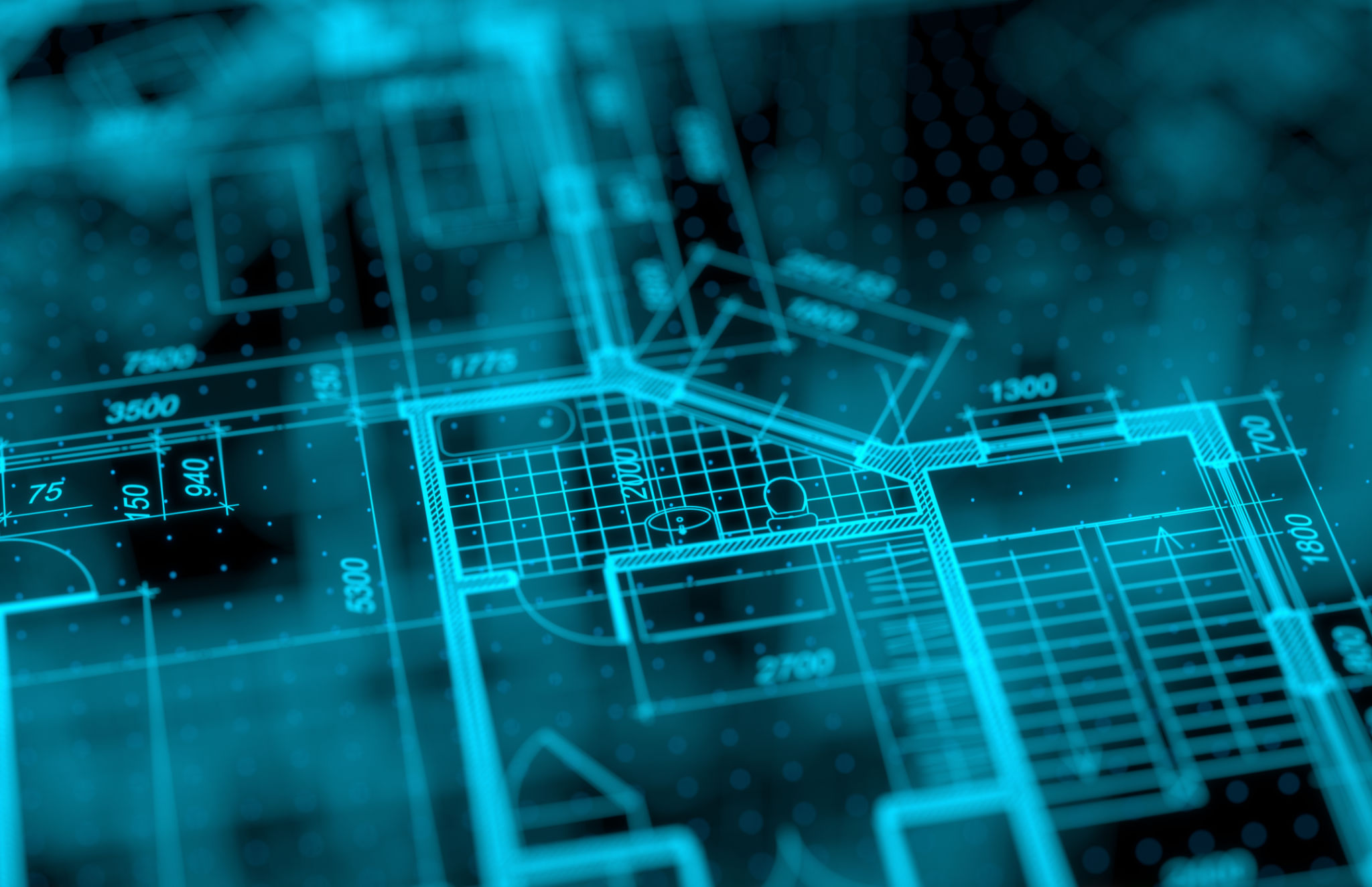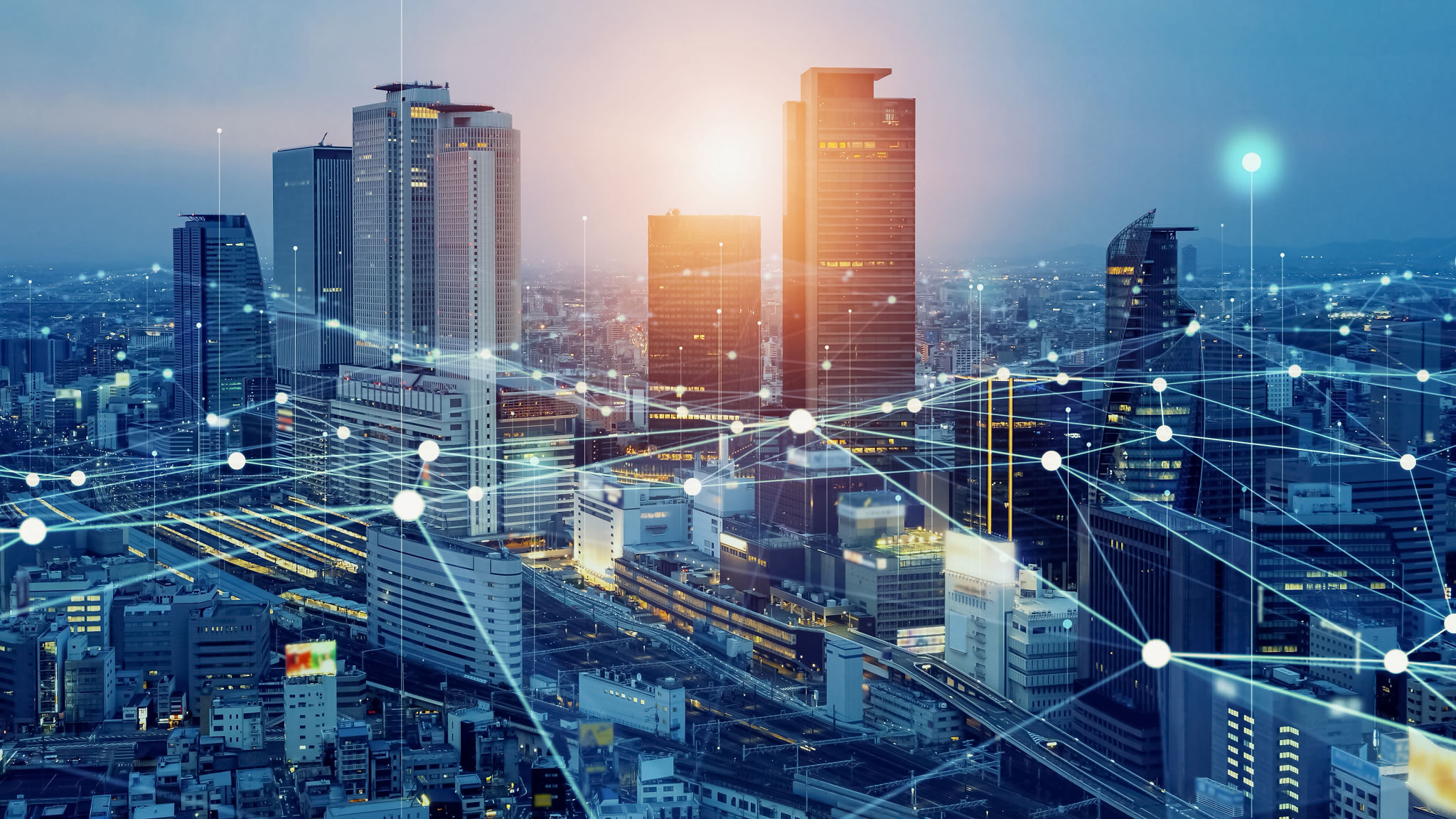Future Trends in BIM and AI: What the AECO Industry Can Expect
Introduction to BIM and AI in AECO
The Architecture, Engineering, Construction, and Operations (AECO) industry is on the brink of a digital revolution with the integration of Building Information Modeling (BIM) and Artificial Intelligence (AI). These technologies are reshaping how projects are planned, designed, and executed. As we look to the future, it is crucial to understand the trends that will drive this transformation.

The Rise of Predictive Analytics
Predictive analytics is set to become a cornerstone in the AECO industry. By leveraging AI algorithms, businesses can analyze vast datasets to predict future outcomes. This capability will help in risk management, cost estimation, and project timelines, enabling more informed decision-making. Companies that adopt predictive analytics will be better equipped to anticipate potential challenges and mitigate risks proactively.
Enhancing Design with Generative Design
Generative design, powered by AI, is transforming the way architects and engineers approach design. By inputting specific parameters, such as materials, budget, and spatial requirements, AI algorithms can generate multiple design alternatives. This process not only accelerates the design phase but also opens up new possibilities for creative and sustainable solutions.

Improved Collaboration Through Digital Twins
Digital twin technology is another trend gaining traction in the AECO industry. Digital twins are virtual replicas of physical assets that enable real-time monitoring and management. By integrating BIM with AI, digital twins can simulate the lifecycle of a building, providing valuable insights into performance, maintenance, and energy efficiency. This enhanced collaboration facilitates better communication among stakeholders and streamlines project workflows.
Automation in Construction
AI-driven automation is revolutionizing construction processes. Robotics and AI systems are increasingly being used for tasks such as site surveys, bricklaying, and material handling. This trend not only boosts productivity but also improves safety by reducing the need for human involvement in hazardous tasks. As automation becomes more prevalent, the construction industry will witness significant enhancements in efficiency and quality.

Sustainability and Smart Cities
The integration of BIM and AI plays a crucial role in advancing sustainability within the AECO industry. By optimizing energy consumption and resource use, these technologies contribute to the development of eco-friendly buildings and smart cities. AI algorithms can analyze environmental data to suggest sustainable practices, while BIM models provide insights into building performance and lifecycle impacts.
Challenges and Considerations
Despite the promising future, the adoption of BIM and AI in the AECO industry comes with challenges. Data security and privacy concerns are paramount as more sensitive information is digitized. Additionally, the industry must address skill gaps by training professionals to effectively utilize these technologies. Overcoming these hurdles will be essential for unlocking the full potential of BIM and AI.
Conclusion: Embracing the Future
The future of BIM and AI in the AECO industry is bright, with numerous opportunities for innovation and growth. By embracing these trends, companies can enhance their competitiveness and deliver better outcomes for their clients. As technology continues to evolve, staying informed about these developments will be crucial for anyone involved in the AECO sector.
